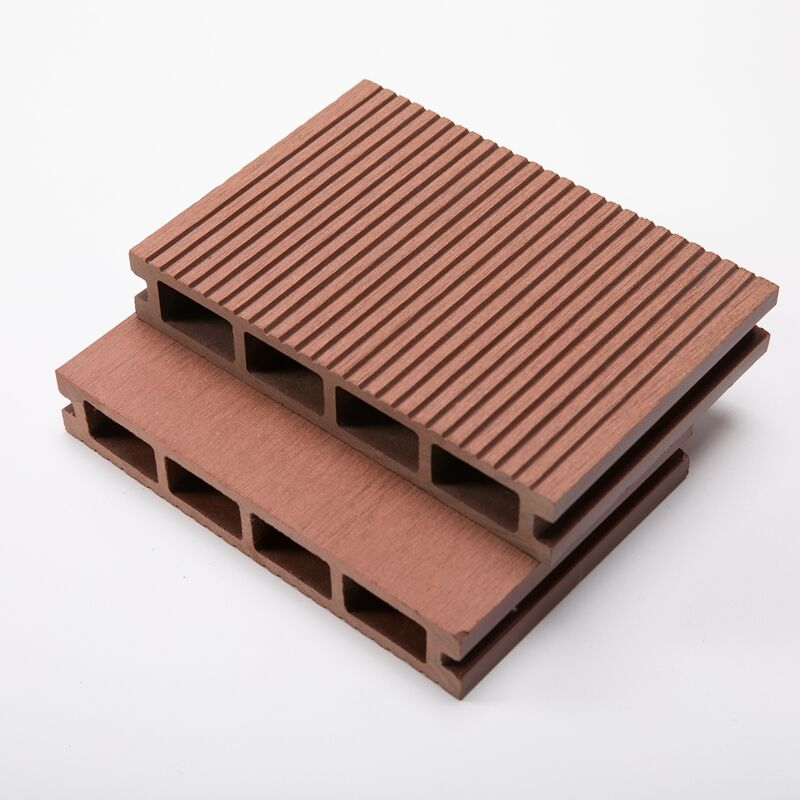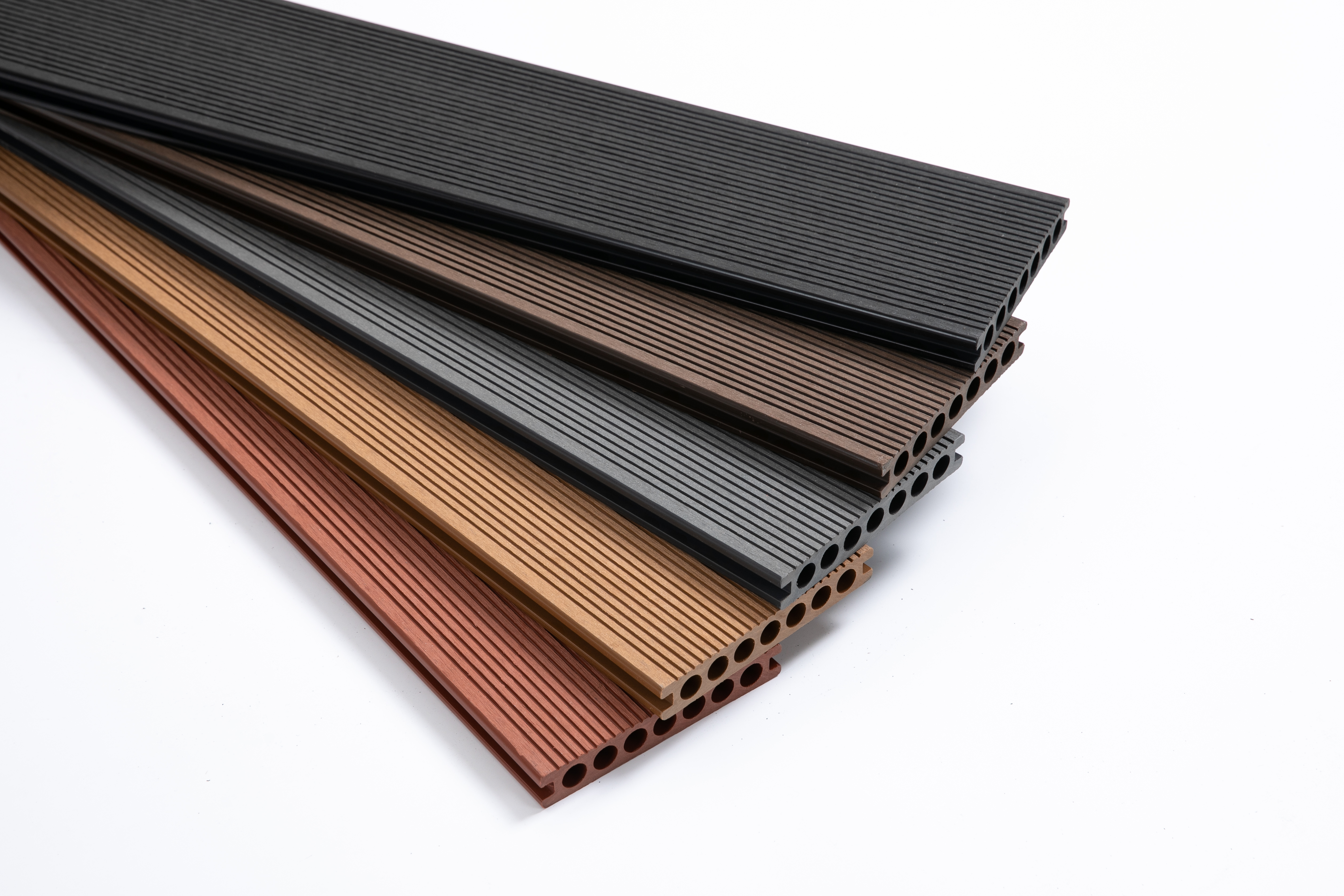Understanding the Revolution in Modern Construction Materials
The construction industry has witnessed a remarkable transformation with the introduction of Wood Plastic Composite (WPC) materials. This innovative building solution combines the natural appeal of wood with the durability of engineered plastics, creating a versatile material that's rapidly gaining popularity in both residential and commercial construction projects. As sustainability becomes increasingly important in construction decisions, WPC construction has emerged as a leading choice for forward-thinking builders and property owners.
The fusion of wood fibers and thermoplastic materials results in a product that offers exceptional performance characteristics while maintaining an aesthetically pleasing appearance. This revolutionary material addresses many of the longstanding challenges faced by traditional construction materials, providing solutions that meet both practical and environmental requirements.
Environmental Impact and Sustainability Benefits
Eco-Friendly Manufacturing Process
WPC construction represents a significant step forward in sustainable building practices. The manufacturing process typically utilizes recycled plastics and wood waste products, effectively reducing landfill waste and the demand for virgin materials. By repurposing these materials, WPC production helps minimize environmental impact while creating a high-quality construction material.
The production of WPC materials requires less energy compared to traditional building materials, resulting in a smaller carbon footprint. Additionally, the use of recycled content in WPC manufacturing helps conserve natural resources and supports the circular economy.
Long-Term Environmental Benefits
The durability of WPC construction materials translates directly into environmental advantages. With a significantly longer lifespan than traditional wood products, WPC reduces the need for frequent replacements and repairs. This longevity means fewer resources are consumed over time, and less waste is generated throughout the lifecycle of the building or structure.
Furthermore, WPC materials are themselves recyclable at the end of their useful life, creating a sustainable cycle of material use and reuse. This characteristic aligns perfectly with modern environmental standards and green building certifications.
Durability and Maintenance Advantages
Superior Weather Resistance
One of the most compelling aspects of WPC construction is its exceptional resistance to weather-related damage. Unlike traditional wood, WPC materials don't rot, warp, or crack when exposed to moisture and varying temperatures. This remarkable durability makes it particularly suitable for outdoor applications and areas with challenging weather conditions.
The material's resistance to UV radiation helps maintain its appearance over time, preventing fading and discoloration that often plague conventional building materials. This stability ensures that structures maintain their aesthetic appeal for years without requiring frequent treatments or replacements.
Minimal Maintenance Requirements
WPC construction materials significantly reduce the maintenance burden typically associated with traditional building materials. The composite nature of WPC eliminates the need for regular painting, staining, or sealing treatments. Simple cleaning with basic household products is usually sufficient to maintain its appearance and functionality.
This reduced maintenance requirement translates into substantial cost savings over the lifetime of the structure, while also saving valuable time and effort for property owners.
Versatility in Design and Application
Aesthetic Flexibility
WPC construction materials offer unprecedented design flexibility, available in a wide range of colors, textures, and finishes. This versatility allows architects and designers to achieve their creative visions while maintaining the practical benefits of composite materials. The ability to mimic the appearance of natural wood while offering superior performance characteristics makes WPC an attractive choice for both traditional and contemporary design schemes.
The material can be manufactured to replicate various wood grains and textures, providing the warmth and appeal of natural wood without its inherent limitations. This aesthetic versatility makes WPC suitable for both interior and exterior applications.
Structural Adaptability
WPC construction materials can be easily customized to meet specific project requirements. The material can be cut, shaped, and installed using conventional woodworking tools, making it accessible to contractors and DIY enthusiasts alike. Its lightweight nature compared to some traditional building materials also simplifies transportation and installation processes.
The material's structural stability allows for creative applications in various construction scenarios, from decking and cladding to interior fixtures and architectural elements.

Cost-Effectiveness Over Time
Initial Investment Considerations
While the upfront cost of WPC construction materials may be higher than some traditional alternatives, the long-term financial benefits often justify the initial investment. The durability and low maintenance requirements of WPC translate into significant cost savings over the life of the structure.
When calculating the total cost of ownership, it's essential to consider factors such as maintenance expenses, replacement costs, and the material's lifespan. WPC consistently demonstrates superior value when these long-term factors are taken into account.
Long-Term Financial Benefits
The extended lifespan of WPC construction materials, combined with minimal maintenance requirements, results in substantial cost savings over time. Property owners can expect reduced expenses related to repairs, replacements, and routine maintenance, making WPC an economically sound choice for construction projects.
Additionally, the material's durability can positively impact property values and insurance costs, providing further financial advantages for property owners who choose WPC for their construction projects.
Frequently Asked Questions
How long does WPC construction material typically last?
WPC construction materials typically have a lifespan of 25-30 years when properly installed and maintained. This significantly exceeds the lifespan of traditional wood products and many other building materials, making it a durable long-term investment.
Is WPC environmentally friendly?
Yes, WPC is considered environmentally friendly due to its use of recycled materials, long lifespan, and recyclability at the end of its life cycle. The manufacturing process also typically requires less energy compared to traditional building materials production.
Can WPC be used for both interior and exterior applications?
Absolutely. WPC construction materials are versatile enough for both interior and exterior applications. Their resistance to moisture, UV radiation, and temperature changes makes them suitable for outdoor use, while their aesthetic appeal and durability make them excellent choices for interior applications as well.

